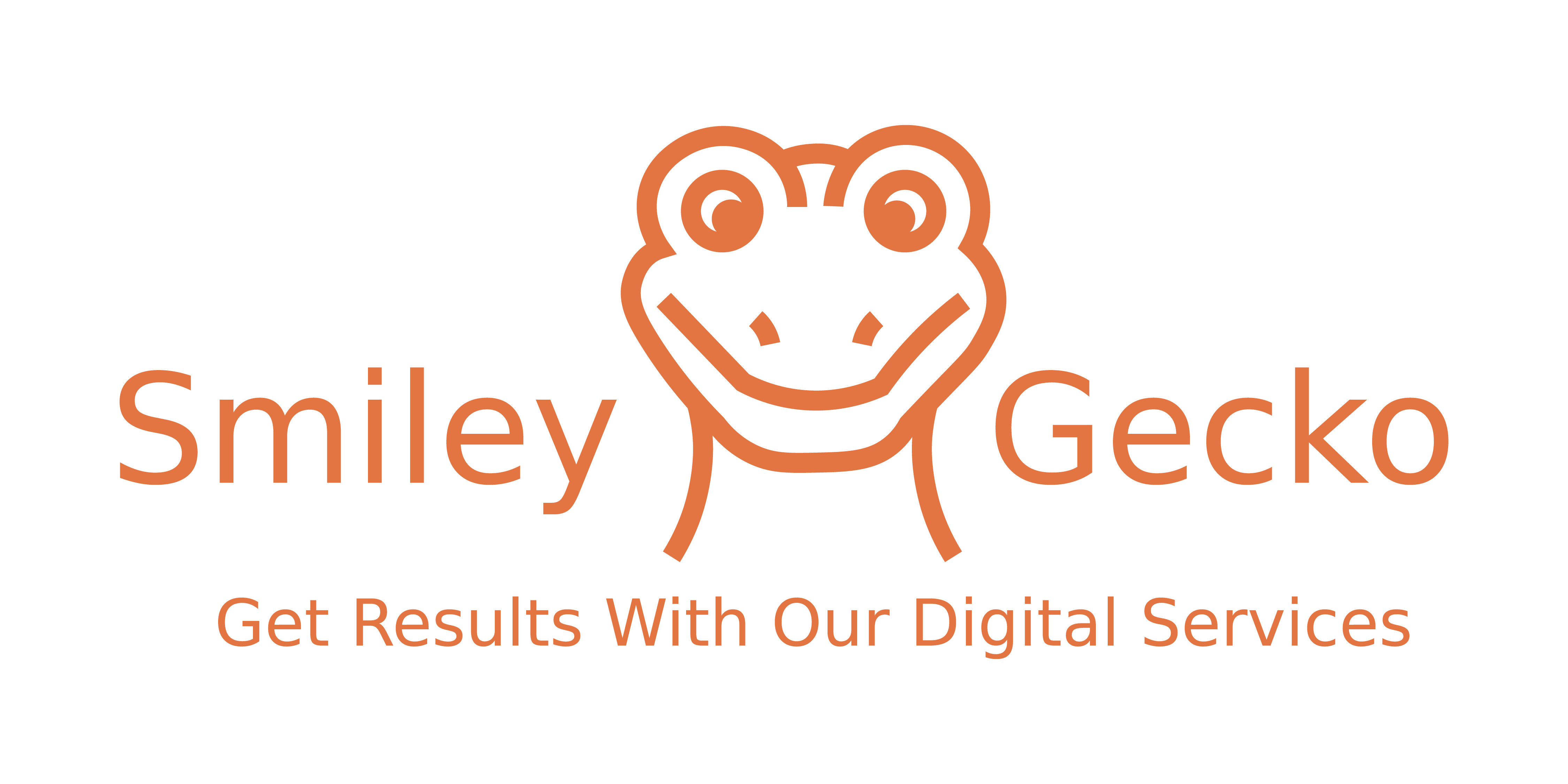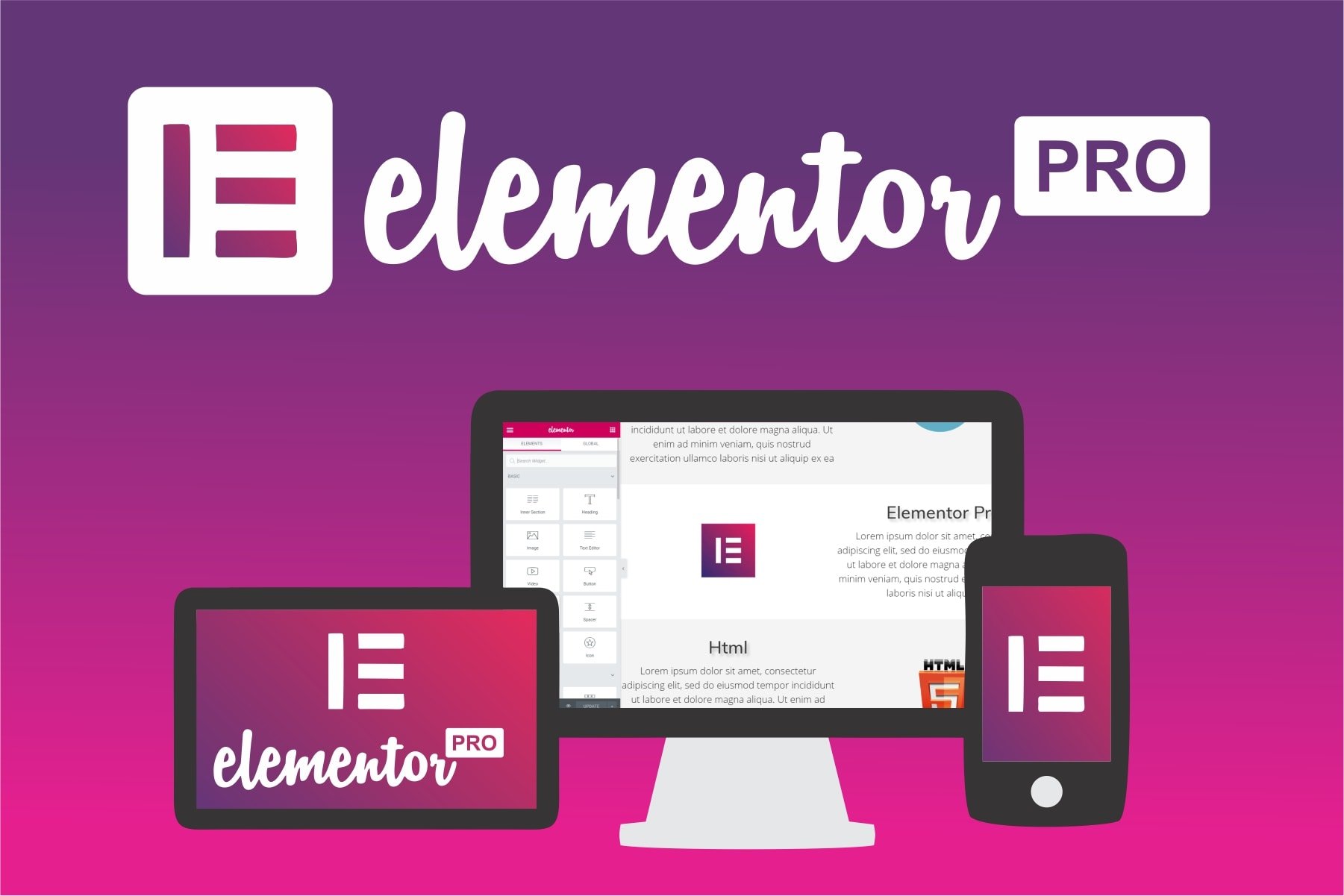Conquer the Clicks: Building a User-Friendly Website in 2024
In the bustling online landscape, attention is a fickle currency. Users have a whirlwind of websites at their fingertips, and yours needs to stand out—fast. The key? Cultivating a user-friendly website that keeps visitors engaged, informed, and coming back for more. Buckle up, because we’re diving into the secrets of web design that put users front and centre.
Let’s get started with a fundamental question:
Why prioritize user-friendliness?
Imagine stumbling into a store where the lights are dim, the shelves are haphazardly stacked, and the cashier speaks a language you don’t understand. Frustrating, right? Your website shouldn’t feel like that.
A user-friendly website is:
- Intuitive: Visitors can navigate seamlessly, finding what they need with minimal effort.
- Visually appealing: Design elements are aesthetically pleasing and complement the website’s purpose.
- Accessible: Everyone, regardless of ability, can access and understand the content.
- Performance-driven: Pages load quickly, forms and buttons function flawlessly, and mobile viewing is smooth.
- Engaging: Content is informative, captivating, and encourages users to take action.
The rewards?
- Higher conversion rates: When users find what they need easily, they’re more likely to buy, subscribe, or contact you.
- Improved brand reputation: A smooth user experience fosters trust and positive associations with your brand.
- Enhanced SEO: Search engines favour websites that users find helpful and engaging, boosting your online visibility.
- Reduced bounce rates: If users can’t find what they need, they’ll leave. A user-friendly website keeps them glued to the screen.
Now, let’s dissect the building blocks of your user-friendly haven:
1. Know your audience:
Before building, understand your target audience. Who are they? What are their needs and desires? What do they expect from your website? Conducting user research through surveys, interviews, or analytics can paint a clear picture.
2. Craft a clear and concise message:
What is your website’s core purpose? What do you want users to do? Articulate your value proposition in a single, compelling sentence. This guides your design and content decisions, ensuring everything aligns with your overarching goal.
3. Design for ease of use:
- Navigation: Keep menus simple, consistent, and predictable. Breadcrumbs and search bars are your friends.
- Layout: Prioritize content hierarchy with clear headings, subheadings, and bulleted lists. White space is your ally, preventing visual clutter.
- Visuals: High-quality images and videos enhance engagement, but ensure they’re relevant and optimised for fast loading.

4. Accessibility matters:
Everyone deserves equal access to your website. Consider features like:
- Alt text for images: Describe visuals for screen readers used by visually impaired users.
- Colour contrast: Ensure the text is easily readable against the background.
- Keyboard navigation: Allows users to navigate without a mouse.
- Mobile responsiveness: Your website should adapt flawlessly to various screen sizes and devices.
5. Content is king (and queen):
- Write with your audience in mind: Use clear, concise language, avoiding jargon. Focus on value and address user pain points.
- Structure your content: Break up text with headings, images, and multimedia elements to prevent walls of text.
- Optimize for search engines: Research relevant keywords and weave them naturally into your content.
6. Craft compelling calls to action (CTAs):
Tell users what you want them to do—buy, subscribe and contact you. CTAs should be clear, actionable, and visually prominent. Think of buttons, banners, or forms that guide users seamlessly towards your desired outcome.
7. Test and refine:
Your website is not a static entity. A/B testing different design elements, CTAs, and content variations can reveal what resonates most with your audience. Continuously test, tweak, and improve to optimize your user experience.
Remember: Building a user-friendly website is an ongoing journey. By prioritizing user needs, employing smart design principles, and constantly seeking feedback, you can create a digital haven that converts clicks into loyal customers and brand advocates. Now, go forth





0 Comments